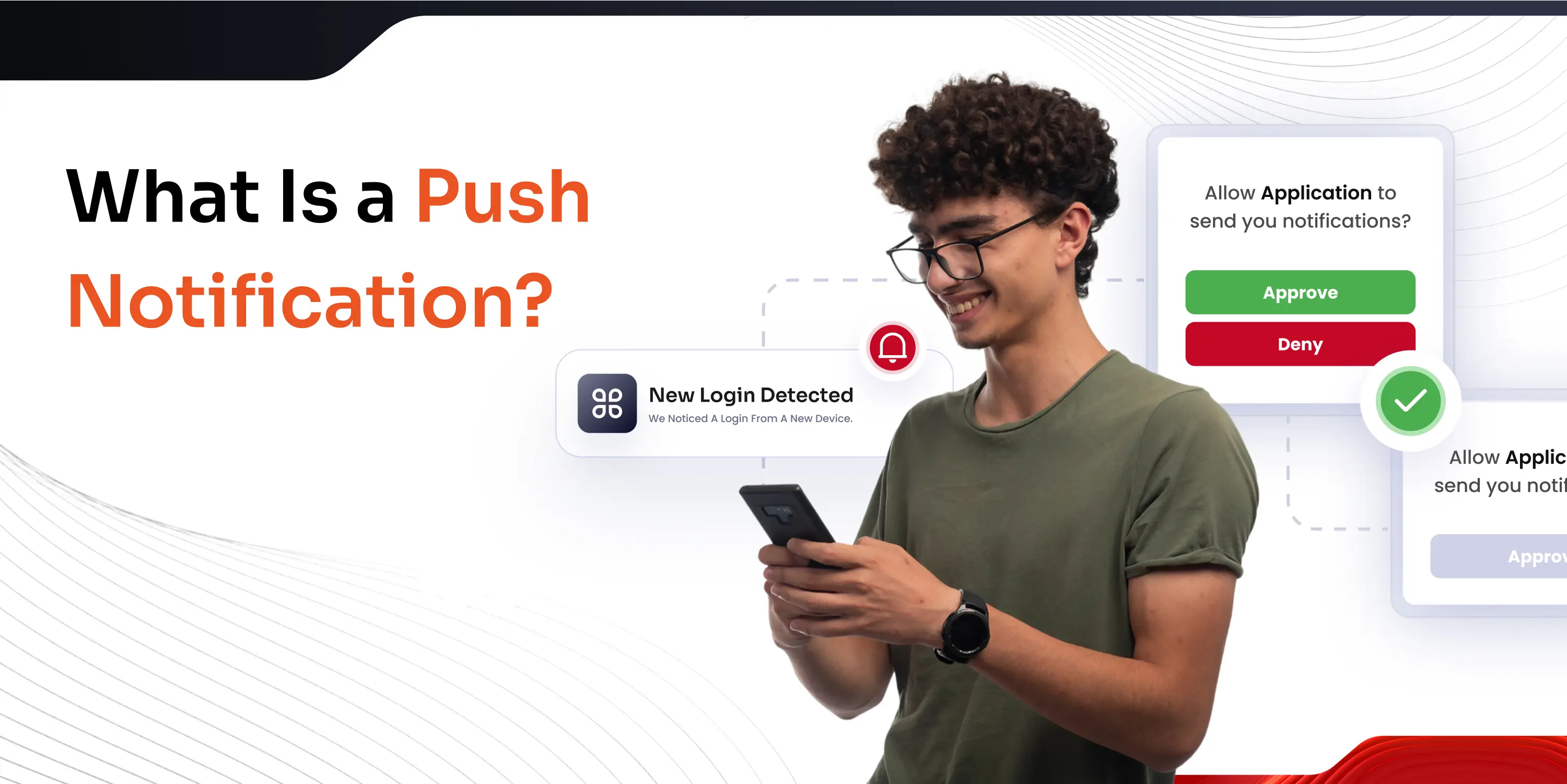Overview
In the world of digital money and online shopping, things are changing fast. Now, you can easily buy things or pay your bills online without making a physical transaction. But, with growing technological advances, hackers have found new and tricky ways to fool people through OTP spamming. It’s a new kind of online fraud where hackers send lots of OTPs (One-Time Passwords) to trick people into revealing information like account details.

Traditionally, OTPs are like secret codes that make sure your online transactions are safe. But, with cyber threats growing, businesses need to upgrade OTP authentication to prevent new kinds of fraud, like OTP spamming. In this blog, we’ll explore what OTP spamming is and how we can deal with it in today’s digital world. But first, let’s catch up on what OTP is exactly.
What is OTP?
One-Time Password (OTP) is like a special code you get just for a short while when you’re making transactions or buying products/services online. It's a unique code that remains active for a given period of time. It's an extra layer of security that keeps your online transactions safe. At present, OTPs are widely used in online banking, e-commerce, and other digital platforms to protect sensitive information and secure user activities. The user must enter the OTP within a specified time frame to complete a login, transaction, or account verification, unlike regular passwords that can be reused and might not be very strong.
Types of OTP Spams
- Malware or Trojans
Hackers sometimes trick users into downloading malware or Trojan infected software to compromise their devices. Once installed, this malicious software can intercept OTPs, giving hackers unauthorized access to sensitive data.
- Distributed Denial of Service (DDoS):
In such spams, attackers send a large number of OTP requests to the user’s device or network, exploiting security loopholes and disrupting the normal operation of the device, leading to potential security breaches and service outages.
- Automated Scripts:
Hackers trick users into revealing sensitive information or compromising their account by accepting fake OTPs. This helps them exploit vulnerabilities in communication channels to deliver messages.
- SIM Swap Attacks:
Fraudsters manipulate mobile carriers to transfer a user's number to a new SIM card, gaining control over their OTPs. This helps them gain access to sensitive accounts, emphasizing the need for enhanced security measures.
- Social Engineering Tactics:
Attackers use psychological manipulation to deceive individuals into willingly sharing OTPs. They may impersonate trusted acquaintances, create fake emergencies or use psychological tactics to trick individuals into sharing their OTPs.
- Data Breaches:
Hackers can gain unauthorized access to databases containing user information, including phone numbers. They can then misuse this data to send deceptive OTP messages, posing security risks to individuals.
Key Targets of OTP Spams
- Account Activity :
If you are actively using various online services that require authentication, such as banking apps, social media accounts, or shopping websites, you may receive multiple OTP spam messages. These codes are often sent when you log in or perform specific actions on each platform. Example: Logging in to your online banking, checking social media, or making purchases online.
- Account Recovery or Password Resets :
When initiating a password reset or account recovery process, the service may send an OTP to ensure the security of the process. This is done to verify your ownership of the account and prevent unauthorized access. However, spammers can use this moment to send OTP spam messages to break into your account. Example: Requesting a password reset for an online account.
- Phishing Attempts :
Scammers might engage in phishing attempts by sending spam OTP messages, pretending to be a legitimate service. This is a fraudulent way to gain unauthorized access to your accounts. Example: Receiving OTP SMS spam from unknown sources or for services you haven't used.
- Technical Issues :
Technical glitches on the server side or network issues can cause OTP spam messages to be sent multiple times. Consistent receipt of multiple OTPs from a single service may warrant contacting customer support to investigate the matter. Example: System errors or network congestion causing the resend of OTPs.
- SMS Routing or Delivery Delays :
Delays in SMS routing or delivery can result in receiving spam OTP messages in batches. Network congestion or issues with your mobile service provider may contribute to such delays. Example: Network congestion causes delayed delivery of OTPs.
What You Should Do To Stop OTP Spam?
To prevent OTP spamming and enhance the security of your system, you can consider the following measures:
- Educate users on security best practices, such as not sharing OTPs and being vigilant against phishing attempts.
- Implement monitoring and logging systems to track OTP requests and regularly audit system security to identify and address potential vulnerabilities.
- Adjust OTP expiration times based on transaction risk levels.
- Strike a balance between security and user experience, which is essential for an effective and user-friendly authentication process.
- Maintain a list of trusted IPs(whitelisting) that are allowed to make OTP requests. While blacklisting known malicious IPs to block them from accessing your system.
How miniOrange Prevents OTP Spamming?
- Limit OTP Request :
miniOrange OTP verification plugin provides the Limit OTP Request Addon, an advanced security feature that helps stop unauthorized access by controlling how often people can request those One-Time Passwords (OTPs). By restricting the number of times you can receive OTP at a certain time, the solution blocks potential OTP spammers from trying to break in or sneak around. This add-on is not just about improving security; it's also about keeping user accounts and important information safe.
- Adjustable validity of OTPs :
The miniOrange OTP verification plugin provides the option to change the validity of the OTP, helping prevent spam by setting a limited usage time. This means the one-time password is only usable for a short period after generation. With a brief validity period, even if a spammer obtains an OTP, they won't be able to use it after expiration, adding an extra layer of security and reducing the effectiveness of spamming attempts.
- Alphanumeric OTP Format :
Using a combination of letters and numbers in OTPs (One-Time Passwords) enhances the security of OTPs, reducing the chances of spammers successfully using or abusing them. It adds an extra layer of protection to keep your OTPs secure and prevents them from being misused for spamming. OTP verification also provides the option for an alphanumeric OTP format.
- Ready to fortify your security and keep your accounts safe from malicious activities? Use miniOrange OTP spamming security today and protect your digital identity today! For more information, contact us at: mfasupport@xecurify.com
- Support 50+ WordPress Plugins and Themes And many more… To learn more about our plugin please visit our page miniOrange OTP Verification for WordPress
- Free version of the plugin is available to use - you can install our free version the plugin - Email Verification/ SMS verification / OTP Verification plugin and test the functionality Of the Free Plugin
- Our plugin has 200,000+ downloads and is rated 4.8/5. You can visit to see what our users have to say about our OTP Verification plugin and support.





Leave a Comment